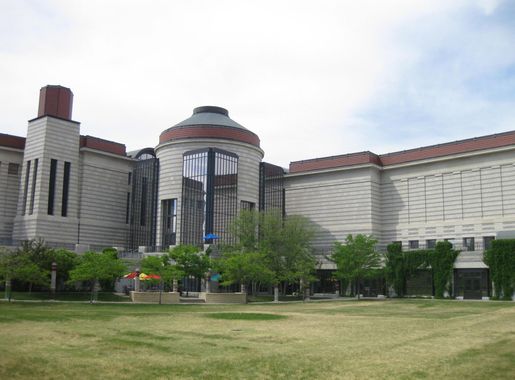
The Heartbeat of Minnesota: Downtown St. Paul
Discover the vibrant blend of history, culture, and modern attractions in Downtown St. Paul, where historic landmarks, lively arts, and natural beauty converge.
Downtown St. Paul, nestled on the banks of the mighty Mississippi River, offers a vibrant blend of history, culture, and modern attractions that captivate tourists. As Minnesota's capital city, St. Paul boasts an array of architectural marvels, from the grand Cathedral of Saint Paul to the iconic Minnesota State Capitol, both of which offer breathtaking views and rich historical insights. Stroll through the charming streets lined with a mix of historic and contemporary buildings, where you can explore unique shops, dine at diverse restaurants, and visit renowned museums such as the Science Museum of Minnesota and the Minnesota History Center. The neighborhood's lively arts scene is showcased in local theaters, galleries, and music venues, providing endless entertainment options. Nature enthusiasts will appreciate the numerous parks and green spaces, including the picturesque Rice Park and the serene Mississippi National River and Recreation Area. With its welcoming atmosphere and plethora of activities, Downtown St. Paul is a destination that promises memorable experiences for every visitor.
Local tips in Downtown St. Paul
- Visit the Cathedral of Saint Paul early in the morning to avoid crowds and enjoy its peaceful ambiance.
- Check the schedule at the Ordway Center for the Performing Arts for live performances during your stay.
- Explore the skyway system to navigate downtown comfortably, especially during cold weather.
- Take a riverboat tour to experience the Mississippi River from a unique perspective.
- Visit the local farmers market for fresh produce and handmade goods, usually open on weekends.
The Heartbeat of Minnesota: Downtown St. Paul
Downtown St. Paul, nestled on the banks of the mighty Mississippi River, offers a vibrant blend of history, culture, and modern attractions that captivate tourists. As Minnesota's capital city, St. Paul boasts an array of architectural marvels, from the grand Cathedral of Saint Paul to the iconic Minnesota State Capitol, both of which offer breathtaking views and rich historical insights. Stroll through the charming streets lined with a mix of historic and contemporary buildings, where you can explore unique shops, dine at diverse restaurants, and visit renowned museums such as the Science Museum of Minnesota and the Minnesota History Center. The neighborhood's lively arts scene is showcased in local theaters, galleries, and music venues, providing endless entertainment options. Nature enthusiasts will appreciate the numerous parks and green spaces, including the picturesque Rice Park and the serene Mississippi National River and Recreation Area. With its welcoming atmosphere and plethora of activities, Downtown St. Paul is a destination that promises memorable experiences for every visitor.
Iconic landmarks you can’t miss
Landmark Center
Experience the captivating history and vibrant culture at Landmark Center in the heart of St. Paul, Minnesota, where art and heritage come alive.
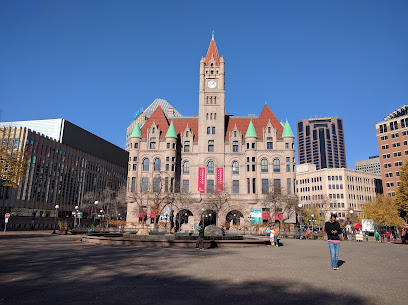
Union Depot
Experience the historic charm and modern vibrancy of Union Depot in St. Paul, a pivotal hub for transportation and culture.
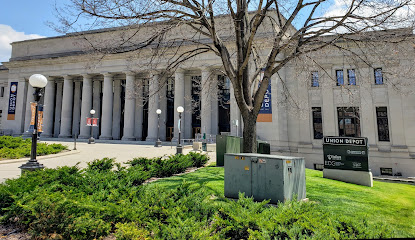
Minnesota State Capitol
Discover the stunning architecture and rich history of the Minnesota State Capitol, a must-see for tourists in St. Paul.
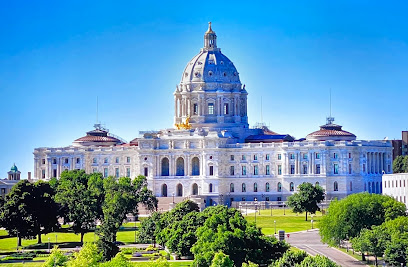
Alexander Ramsey House
Discover the Victorian elegance and rich history of the Alexander Ramsey House, a historic gem in St. Paul, Minnesota, showcasing the life of its first territorial governor.
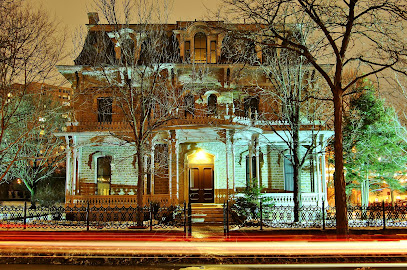
Landmark Plaza
Discover Landmark Plaza, a captivating park in St. Paul blending history, architecture, and natural beauty for an unforgettable visit.

Historic Hamm Building
Explore the Historic Hamm Building, a stunning event venue in Downtown St. Paul, blending rich history with modern elegance for unforgettable experiences.
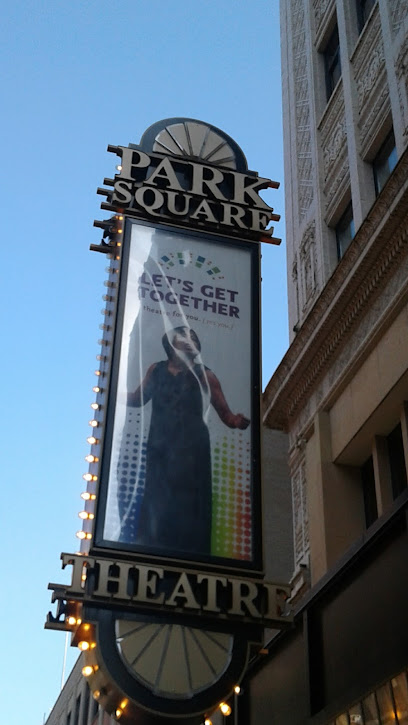
The Historic Minnesota Building
Discover the Historic Minnesota Building, a stunning architectural landmark in Downtown St. Paul, rich in history and charm.
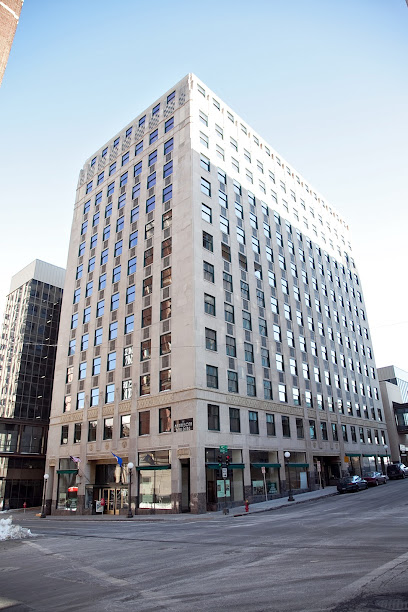
Historic Saint Paul
Discover the rich history and vibrant culture of Historic Saint Paul, Minnesota's capital, where stunning architecture meets engaging museums and lively events.
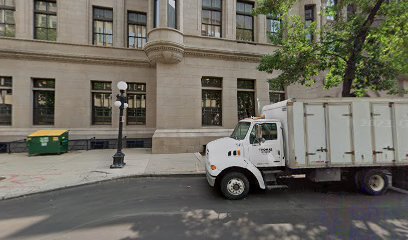
St paul
Explore the captivating history and culture of St. Paul at the St. Paul Museum, a must-visit destination for history lovers and curious travelers alike.
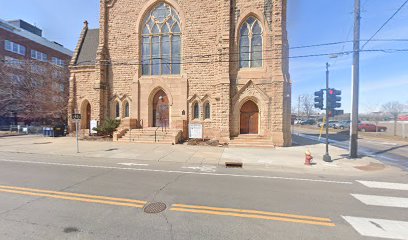
Unmissable attractions to see
Mears Park
Discover Mears Park, a beautiful green space in downtown St. Paul, perfect for relaxation, community events, and enjoying Minnesota's natural beauty.
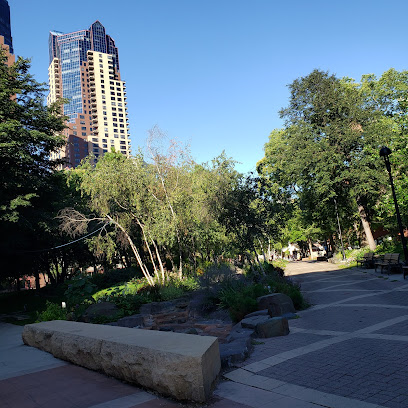
Kellogg Mall Park
Discover tranquility at Kellogg Mall Park, a picturesque green space in Downtown St. Paul filled with art, events, and stunning city views.
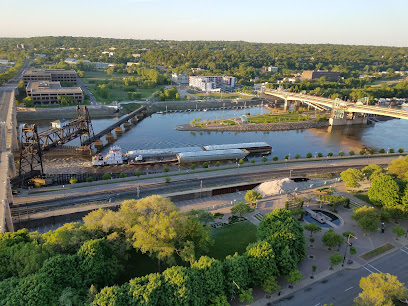
Essential places to dine
Moscow on the Hill
Discover authentic Russian cuisine at Moscow on the Hill in St. Paul—where tradition meets taste in every dish.
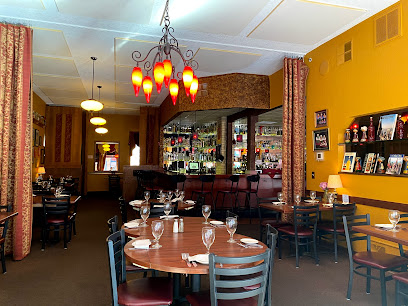
Handsome Hog
Discover the essence of Southern cuisine at Handsome Hog in St. Paul—where comfort food meets modern flair.
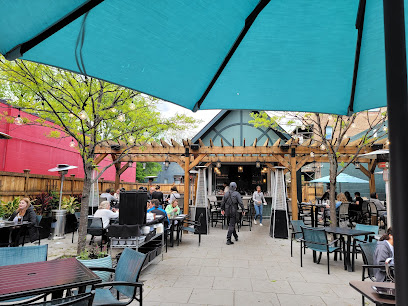
Tongue in Cheek
Discover the perfect blend of creativity and flavor at Tongue in Cheek – St. Paul's premier American dining destination.
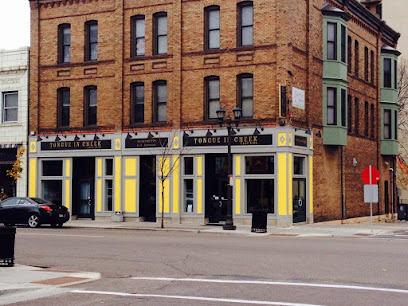
W. A. Frost and Company
Discover W.A. Frost & Company: An iconic American restaurant in St Paul's historic Cathedral Hill offering exquisite dining experiences.
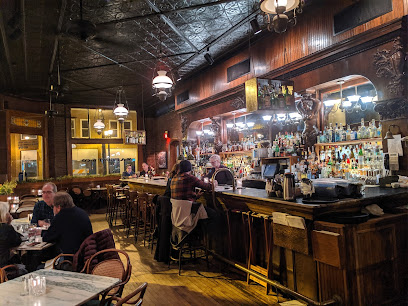
Downtowner Woodfire Grill
Experience exquisite wood-fired American cuisine at Downtowner Woodfire Grill in St Paul, where every dish tells a story of flavor and passion.
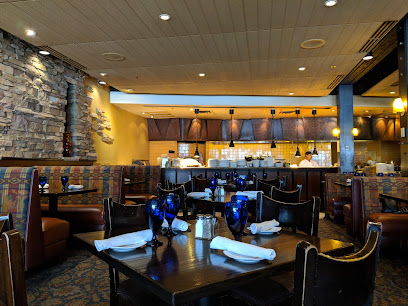
Dark Horse Bar & Eatery
Discover the heart of St. Paul at Dark Horse Bar & Eatery - where American cuisine meets vibrant nightlife.
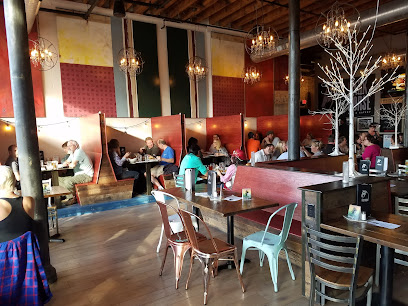
The St. Paul Grill
Indulge in fine dining at The St. Paul Grill, featuring exquisite steak and Armenian cuisine in downtown's vibrant atmosphere.
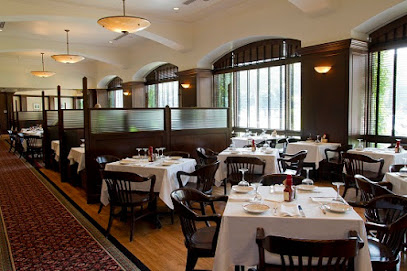
Saint Dinette
Experience a delightful fusion of American comfort food and French elegance at Saint Dinette in downtown St. Paul.
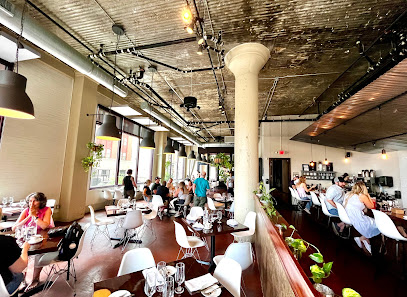
The Commodore Bar & Restaurant (Event Venue)
Discover fine American dining at The Commodore Bar & Restaurant in St. Paul's Cathedral Hill - where elegance meets exceptional flavors.
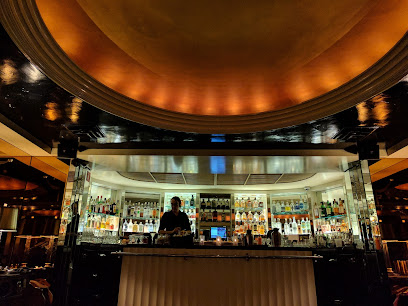
The Reserve
Experience exceptional dining at The Reserve in Downtown St. Paul, where local flavors meet exquisite cuisine for an unforgettable meal.
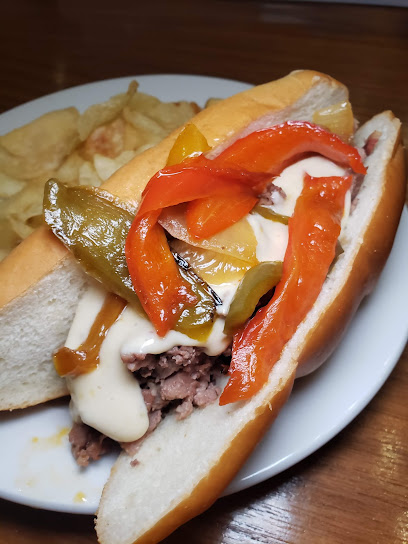
Markets, malls and hidden boutiques
Mall of St Paul
Explore the Mall of St Paul, a unique antique and vintage clothing store, offering treasures of the past in a charming community atmosphere.

Patina - Highland Park
Explore Patina - Highland Park, a unique gift shop in St. Paul, offering a wide array of delightful treasures and artisanal products.
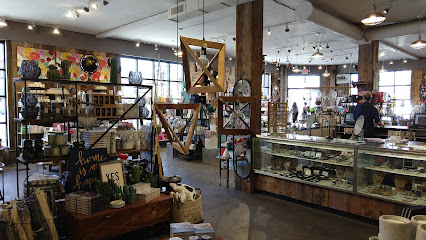
GoodThings
Explore GoodThings in St. Paul for unique gifts, boutique treasures, and delightful toys that capture the spirit of Minnesota.
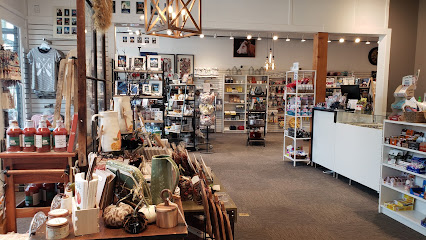
I Like You Too
Explore I Like You Too in St. Paul for unique gifts, handmade jewelry, and local artistry that captures the spirit of Minnesota.
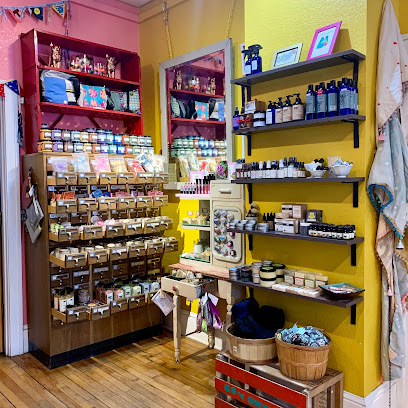
Center For Lost Objects
Explore the eclectic treasures at Center For Lost Objects, St. Paul’s premier destination for unique antiques and vintage gifts.
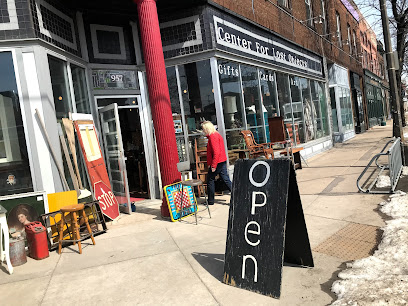
Accessory City
Discover unique fashion accessories at Accessory City in Downtown St. Paul, where style meets individuality in every curated piece.
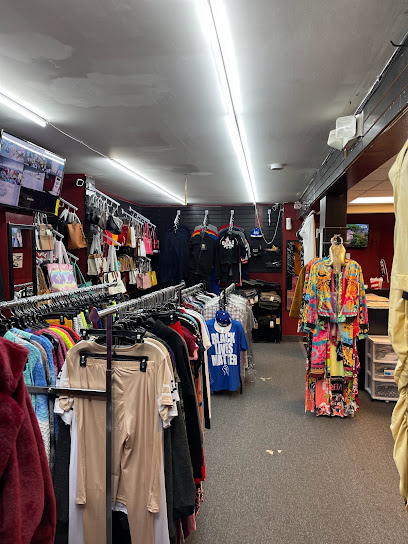
Atelier957
Discover Atelier957, the chic women's clothing store in St. Paul, offering art-inspired designs that elevate your wardrobe with sophistication and style.
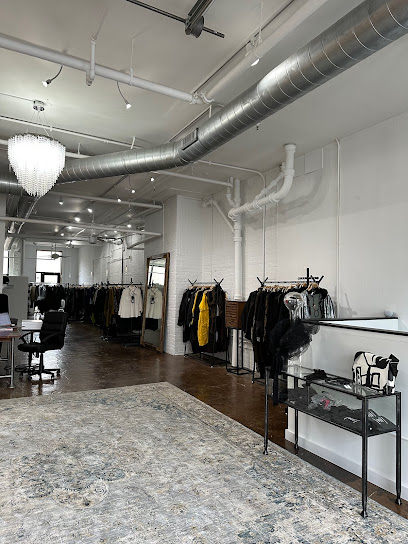
Petite Shops
Explore Petite Shops in St. Paul for unique gifts and local crafts that capture the essence of Minnesota's charm, perfect for souvenirs.
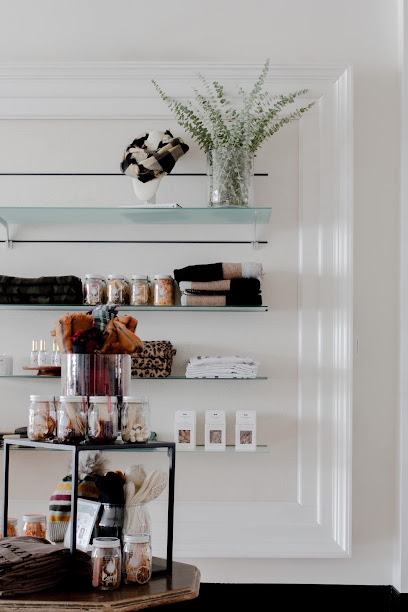
Minnesota State of Nice
Discover unique souvenirs that capture the essence of Minnesota at the charming Minnesota State of Nice in St. Paul.

Uptown Girls
Explore the latest women's fashion trends at Uptown Girls, a stylish clothing store in the heart of St. Paul, Minnesota.
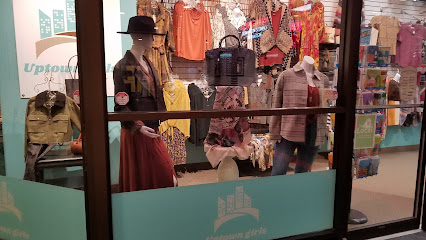
Essential bars & hidden hideouts
The Bulldog Lowertown
Experience the vibrant American cuisine and energetic atmosphere at The Bulldog Lowertown, a top destination in St. Paul for food and sports lovers.
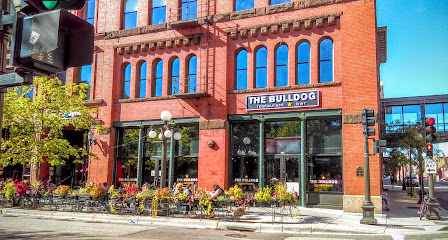
Dark Horse Bar & Eatery
Experience the best of American cuisine and vibrant nightlife at Dark Horse Bar & Eatery in Downtown St. Paul.
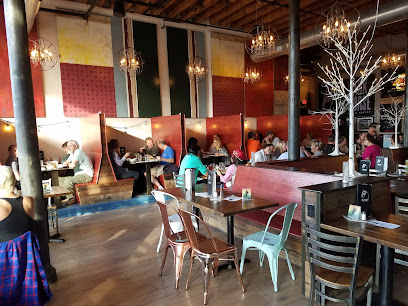
Amsterdam Bar & Hall
Discover the lively ambiance and diverse offerings of Amsterdam Bar & Hall in downtown St. Paul, where great drinks meet live entertainment.
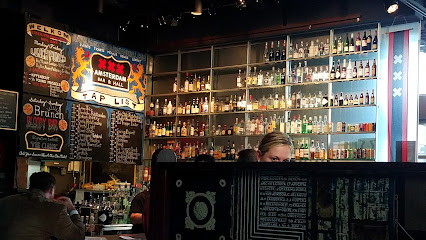
Parlour St. Paul
Experience the heart of St. Paul at Parlour, where American cuisine meets a cozy, inviting atmosphere for an unforgettable dining experience.
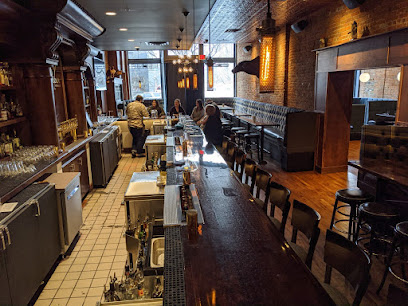
New Bohemia - St. Paul
Experience the best of German cuisine and craft beers in St. Paul at New Bohemia, a vibrant bar and restaurant perfect for tourists.
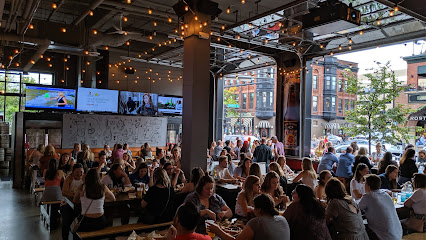
Pillbox Tavern
Experience the vibrant atmosphere of Pillbox Tavern in St. Paul, MN, where delicious American cuisine meets live music and a welcoming pub vibe.
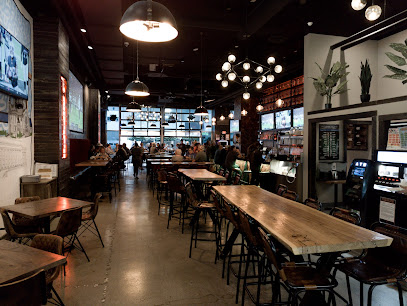
Gopher Bar
Gopher Bar in St. Paul: A cozy grill offering delicious food, great drinks, and a vibrant atmosphere in the heart of Downtown.
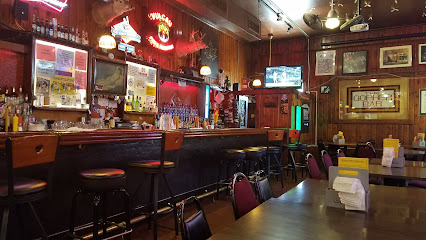
Camp Bar and Cabaret
Discover the vibrant nightlife of Camp Bar and Cabaret, a unique cocktail bar and entertainment hub in St. Paul, MN, offering unforgettable performances and social experiences.
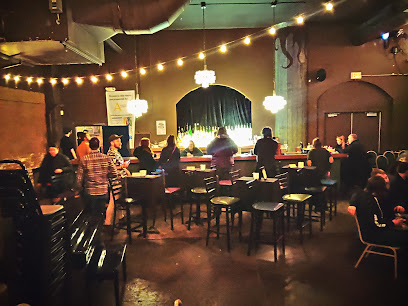
Wild Bill's Sports Saloon - DT St. Paul
Discover the ultimate sports bar experience at Wild Bill's Sports Saloon in downtown St. Paul, where delicious food meets the thrill of live sports.
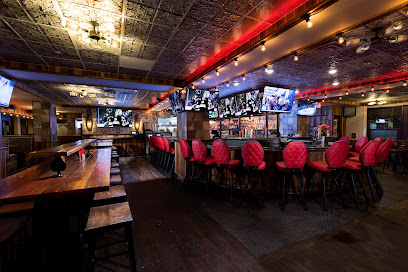
Lobby Bar at The Saint Paul Hotel
Experience the charm of The Lobby Bar at The Saint Paul Hotel, where elegance meets relaxation in the heart of downtown St. Paul.
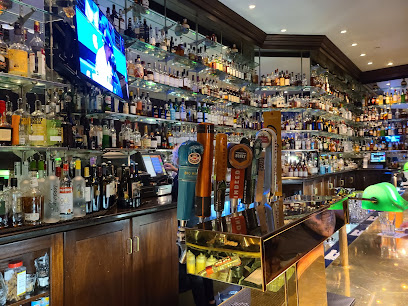
Local Phrases
-
- HelloHey
[hey] - GoodbyeSee ya
[see ya] - YesYeah
[yeah] - NoNah
[nah] - Please/You're welcomePlease/No problem
[please/no problem] - Thank youThanks
[thanks] - Excuse me/SorrySorry
[sorry] - How are you?How's it going?
[hows it going] - Fine. And you?Good. You?
[good you] - Do you speak English?You speak English?
[you speak english] - I don't understandI don't get it
[i dont get it]
- HelloHey
-
- I'd like to see the menu, pleaseMenu, please
[menu please] - I don't eat meatNo meat
[no meat] - Cheers!Cheers!
[cheers] - I would like to pay, pleaseCheck, please
[check please]
- I'd like to see the menu, pleaseMenu, please
-
- Help!Help!
[help] - Go away!Go away!
[go away] - Call the Police!Police!
[police] - Call a doctor!Doctor!
[doctor] - I'm lostLost
[lost] - I'm illSick
[sick]
- Help!Help!
-
- I'd like to buy...I wanna buy...
[i wanna buy] - I'm just lookingJust looking
[just looking] - How much is it?How much?
[how much] - That's too expensiveToo much
[too much] - Can you lower the price?Can you do better?
[can you do better]
- I'd like to buy...I wanna buy...
-
- What time is it?What time?
[what time] - It's one o'clockIt's one
[its one] - Half past (10)Ten thirty
[ten thirty] - MorningMorning
[morning] - AfternoonAfternoon
[afternoon] - EveningEvening
[evening] - YesterdayYesterday
[yesterday] - TodayToday
[today] - TomorrowTomorrow
[tomorrow] - 1One
[one] - 2Two
[two] - 3Three
[three] - 4Four
[four] - 5Five
[five] - 6Six
[six] - 7Seven
[seven] - 8Eight
[eight] - 9Nine
[nine] - 10Ten
[ten]
- What time is it?What time?
-
- Where's a/the...?Where's the...?
[wheres the] - What's the address?Address?
[address] - Can you show me (on the map)?Show me
[show me] - When's the next (bus)?Next bus?
[next bus] - A ticket (to ....)Ticket
[ticket]
- Where's a/the...?Where's the...?
History of Downtown St. Paul
-
Downtown Saint Paul began its journey in the early 19th century when settlers arrived and established Fort Snelling in 1819. This fort was pivotal for trade and military presence in the region, attracting settlers and traders. The area was officially named 'Saint Paul' in 1841 when it was chosen as the site for a new territorial capital, which led to significant growth and development.
-
The 1850s brought the arrival of the railroad, which transformed Downtown Saint Paul into a critical transportation hub. The construction of the Saint Paul and Pacific Railroad in 1862 connected the city to broader markets, facilitating trade and attracting businesses. This period marked a significant economic boom and the establishment of warehouses and commercial buildings that still form the backbone of the downtown area.
-
By the late 1800s, Downtown Saint Paul was experiencing a cultural renaissance. The construction of grand buildings, such as the iconic Landmark Center in 1902 and the Saint Paul City Hall and Ramsey County Courthouse (completed in 1906), illustrated the city's architectural ambition. This era also saw the establishment of cultural institutions, including theaters and libraries, contributing to the vibrant public life of the city.
-
The 1920s brought Prohibition, which had a significant impact on Downtown Saint Paul. The area became known for its speakeasies, where illegal alcohol was served. This underground culture contributed to a lively nightlife scene, though it was often marked by conflict with law enforcement. Notable figures from organized crime, such as John Dillinger, were associated with the era, highlighting the city's complex social dynamics during this time.
-
In the mid-20th century, Downtown Saint Paul underwent extensive urban renewal projects aimed at revitalizing the area. The construction of the RiverCentre convention center in 1984 and the subsequent development of the surrounding area reinforced Saint Paul's status as a modern metropolitan center. This era also saw an increase in residential developments, transforming Downtown into a vibrant community with a mix of commercial, cultural, and residential spaces.
Downtown St. Paul Essentials
-
Downtown St. Paul is easily accessible from other neighborhoods in Saint Paul. The Green Line light rail connects Downtown to the University of Minnesota and downtown Minneapolis, making it a convenient option for visitors. Buses are also available through Metro Transit, with multiple routes serving the area. If you're driving, Interstates 94 and 35E intersect near Downtown, offering easy access from surrounding areas.
-
Downtown St. Paul is pedestrian-friendly, with many attractions within walking distance. The Metro Transit light rail and bus services provide extensive coverage throughout the area. For those who prefer to cycle, there are bike lanes and bike-sharing programs available. Taxis and rideshare services like Uber and Lyft are also readily accessible for longer distances or late-night travel.
-
Downtown St. Paul is generally safe for tourists, but it's wise to remain aware of your surroundings, especially at night. Areas near the transit stations can experience higher foot traffic and occasional issues, so it's advisable to stick to well-lit streets and avoid isolated areas after dark. Always keep personal belongings secure and be cautious in crowded spaces.
-
In case of emergency, dial 911 for police, fire, or medical assistance. The nearest hospital is Regions Hospital, which is equipped for urgent care. It's beneficial to have travel insurance that covers medical emergencies. Pharmacies are located throughout Downtown for over-the-counter medications and minor health needs.
-
Fashion: Do wear comfortable shoes for walking; Downtown has many attractions best explored on foot. Don’t wear overly casual or revealing clothing if visiting upscale establishments. Religion: Do respect local customs, especially in places of worship. Public Transport: Do offer your seat to elderly passengers; don’t play loud music on public transportation. Greetings: Do greet with a friendly smile and nod; don’t engage in overly personal conversations with strangers. Eating & Drinking: Do enjoy local cuisine at restaurants; don’t consume food or drinks while walking in public places.
-
To experience Downtown St. Paul like a local, consider visiting the Farmers’ Market on Saturdays for fresh produce and local goods. Explore the vibrant arts scene by checking out local galleries and theaters. Engage with locals by participating in community events, such as the annual Winter Carnival. For a unique dining experience, try the local breweries and eateries that offer Minnesota specialties like wild rice soup and Juicy Lucy burgers.
Nearby Cities to Downtown St. Paul
-
Things To Do in Minneapolis
-
Things To Do in Saint Cloud
-
Things To Do in Mankato
-
Things To Do in Eau Claire
-
Things To Do in Winona
-
Things To Do in La Crosse
-
Things To Do in Mason City
-
Things To Do in Duluth
-
Things To Do in Wausau
-
Things To Do in Waterloo
-
Things To Do in Fort Dodge
-
Things To Do in Brookings
-
Things To Do in Wisconsin Dells
-
Things To Do in Wahpeton
-
Things To Do in Watertown









